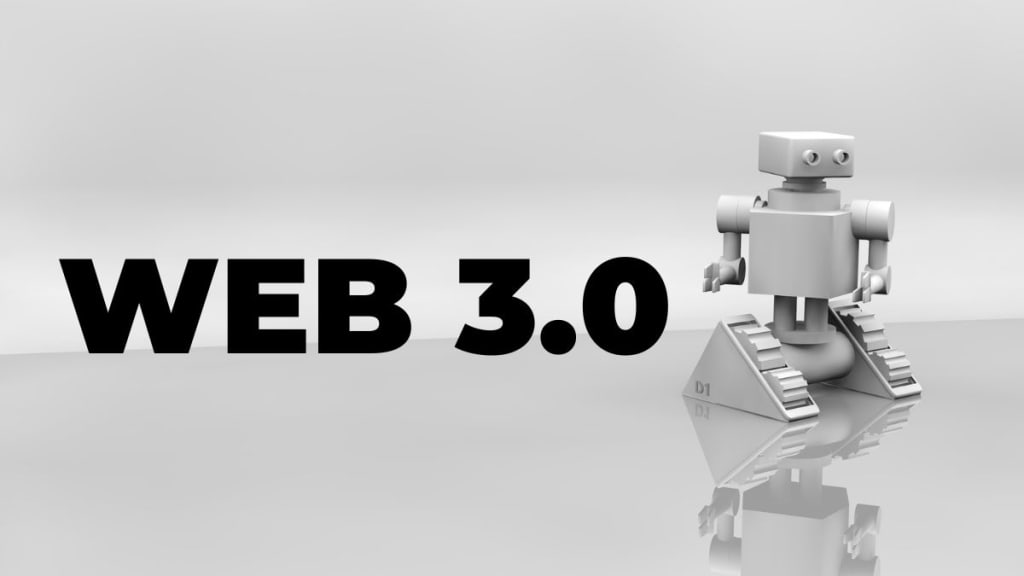Web3 Exchange Development: Building a Decentralized Future for Cryptocurrency Trading
Web3 Exchange Development - The Future of Trading

The rise of cryptocurrencies and blockchain technology has led to the development of numerous centralized cryptocurrency exchanges, but these centralized exchanges have their own set of challenges, such as lack of transparency, security breaches, and control by a single entity. The solution to these problems is the development of decentralized cryptocurrency exchanges powered by Web3 technology. In this blog post, we will explore the concept of Web3 exchange development, its benefits, and the challenges that developers may face.
What is a Web3 Exchange?
A Web3 exchange is a decentralized exchange that operates on a blockchain network using Web3 technology. Unlike traditional centralized exchanges that rely on a central authority to facilitate trades, Web3 exchanges operate on a peer-to-peer basis, allowing buyers and sellers to trade cryptocurrencies directly through smart contracts. Web3 exchanges eliminate the need for intermediaries, such as banks or brokers, and provide greater transparency, security, and control to users. Web3 exchanges are also decentralized, which means they are not controlled by a single entity, eliminating the risk of manipulation and censorship. Web3 exchanges offer a more secure, transparent, and decentralized environment for cryptocurrency trading.
Benefits of Web3 Exchange Development:
Web3 exchange development offers several benefits over traditional centralized exchanges, including:
Security: Web3 exchanges eliminate the need for centralized storage of user data, making them less susceptible to hacking and security breaches.
Transparency: Web3 exchanges operate on a blockchain network, which provides an immutable and transparent record of all transactions.
Decentralization: Web3 exchanges are decentralized and not controlled by a single entity, which eliminates the risk of manipulation and censorship.
Privacy: Web3 exchanges provide users with greater privacy, as users can trade without revealing their identity.
Challenges of Web3 Exchange Development:
Web3 exchange development faces several challenges, including:
Liquidity: Web3 exchanges may face liquidity issues, as there may not be enough buyers and sellers to facilitate trades.
Scalability: Web3 exchanges may face scalability issues, as the current blockchain infrastructure may not be able to support large-scale trading.
User adoption: Web3 exchanges require user adoption to be successful, and users may be hesitant to adopt a new type of exchange.
Best Practices for Web3 Exchange Development:
To overcome the challenges of Web3 exchange development, developers should follow best practices, including:
Focus on liquidity: Developers should focus on building a strong network of buyers and sellers to ensure sufficient liquidity on the exchange.
Use interoperable standards: Developers should use interoperable standards such as ERC20 and ERC721 to enable trading across different blockchain networks.
Ensure security: Developers should focus on ensuring the security of the exchange, such as implementing multi-factor authentication and conducting regular security audits.
User education: Developers should educate users on the benefits of Web3 exchanges and provide them with resources to navigate the exchange.
Why Web3 Exchange Development?
Web3 exchange development refers to the creation of decentralized exchanges (DEXs) on the blockchain. Unlike traditional centralized exchanges (CEXs), DEXs operate on a decentralized network, making them more secure, transparent, and resistant to censorship and hacking attempts.
Here are some reasons why Web3 exchange development is becoming increasingly popular:
Security: Decentralized exchanges eliminate the need for a central authority to hold users' funds, reducing the risk of theft or hacking. In addition, the use of smart contracts ensures that trades are executed automatically, reducing the risk of human error.
Transparency: DEXs operate on a transparent, trustless network, allowing users to view all transactions and trades on the blockchain. This transparency creates a level playing field for all traders and eliminates the need for intermediaries.
Censorship resistance: Unlike centralized exchanges, DEXs cannot be shut down by governments or other centralized authorities, making them more resistant to censorship.
Privacy: DEXs allow users to maintain their privacy by eliminating the need for users to provide personal information to a central authority.
Lower fees: DEXs typically have lower fees than centralized exchanges, as they do not require a middleman to facilitate trades.
Conclusion:
Web3 exchange development is the future of cryptocurrency trading, providing a more secure, transparent, and decentralized environment for users. While there are challenges to overcome, following best practices can help developers create successful Web3 exchanges that attract users and provide a compelling user experience. As the cryptocurrency market continues to grow, Web3 exchanges will play a crucial role in the trading of cryptocurrencies.
About the Creator
Crytpo Exchange Script
I'm excited to share my knowledge and experience with the world. My goal is to help people understand the basics of cryptocurrency and how to use it to their advantage.






Comments
There are no comments for this story
Be the first to respond and start the conversation.